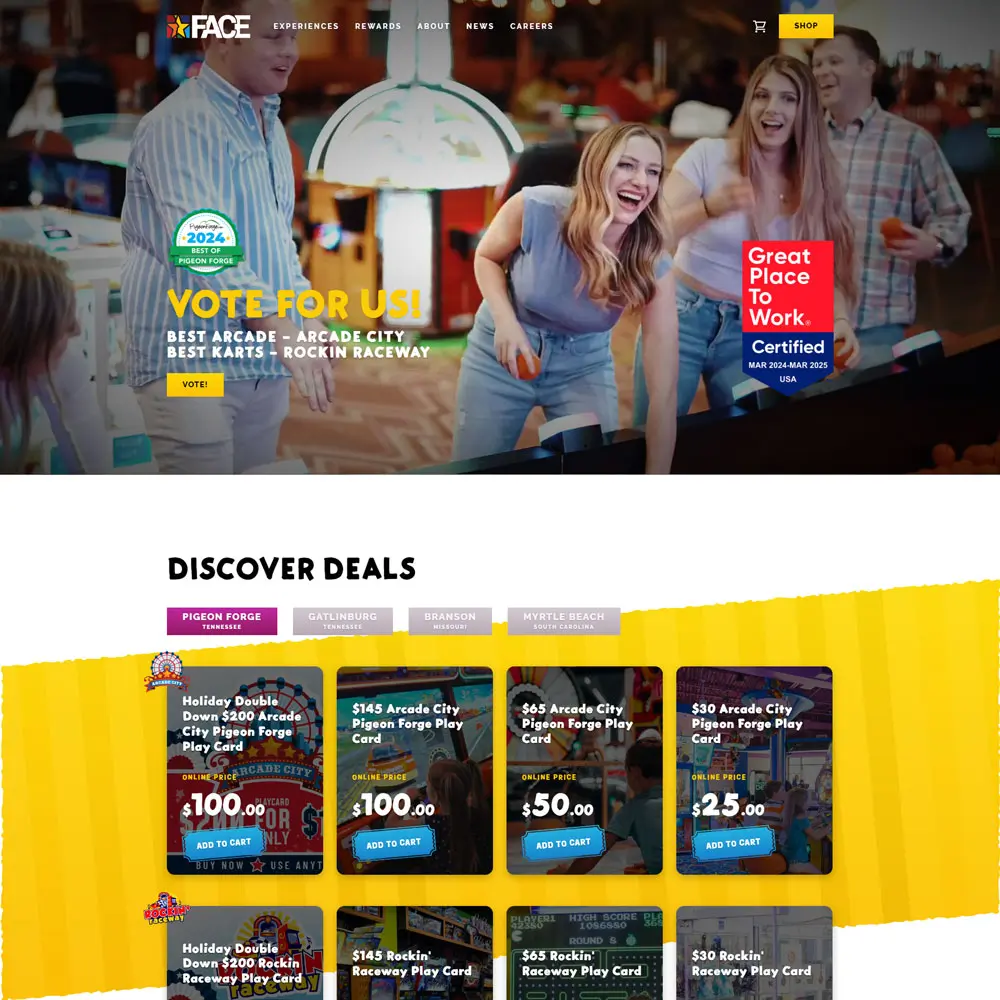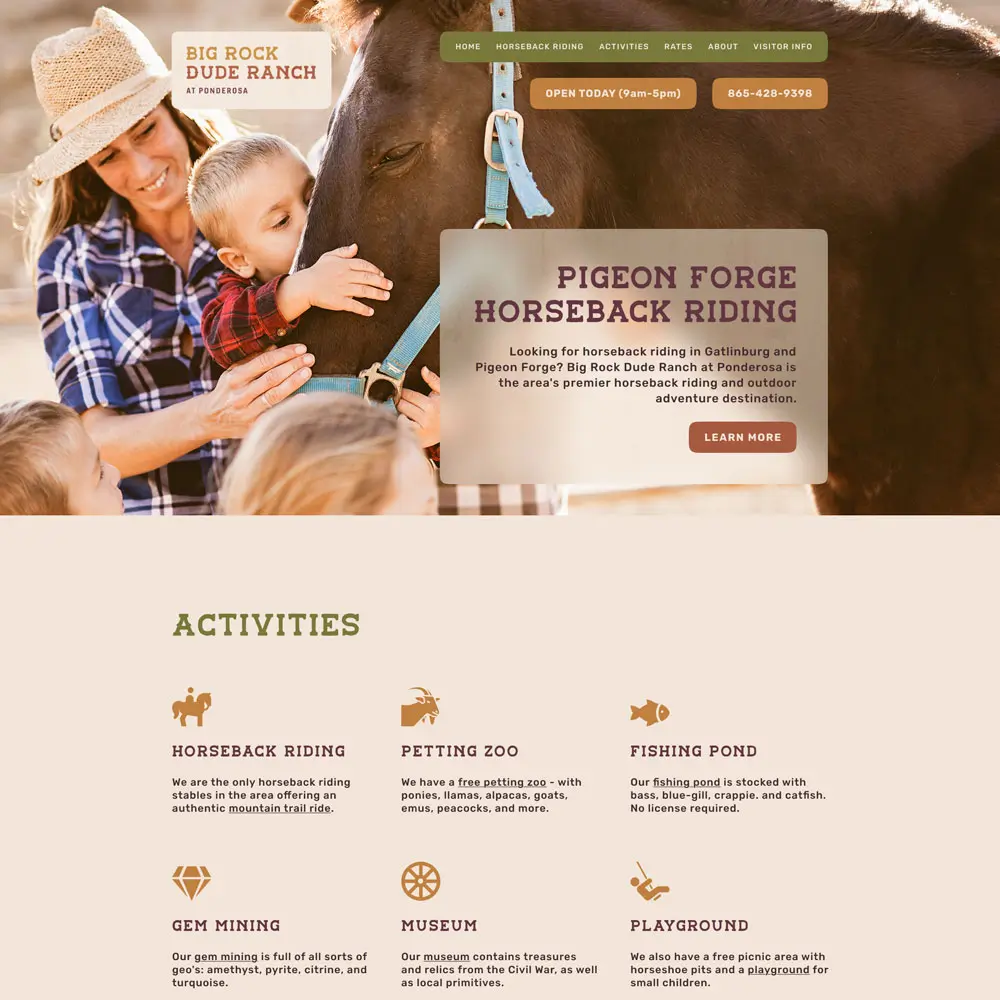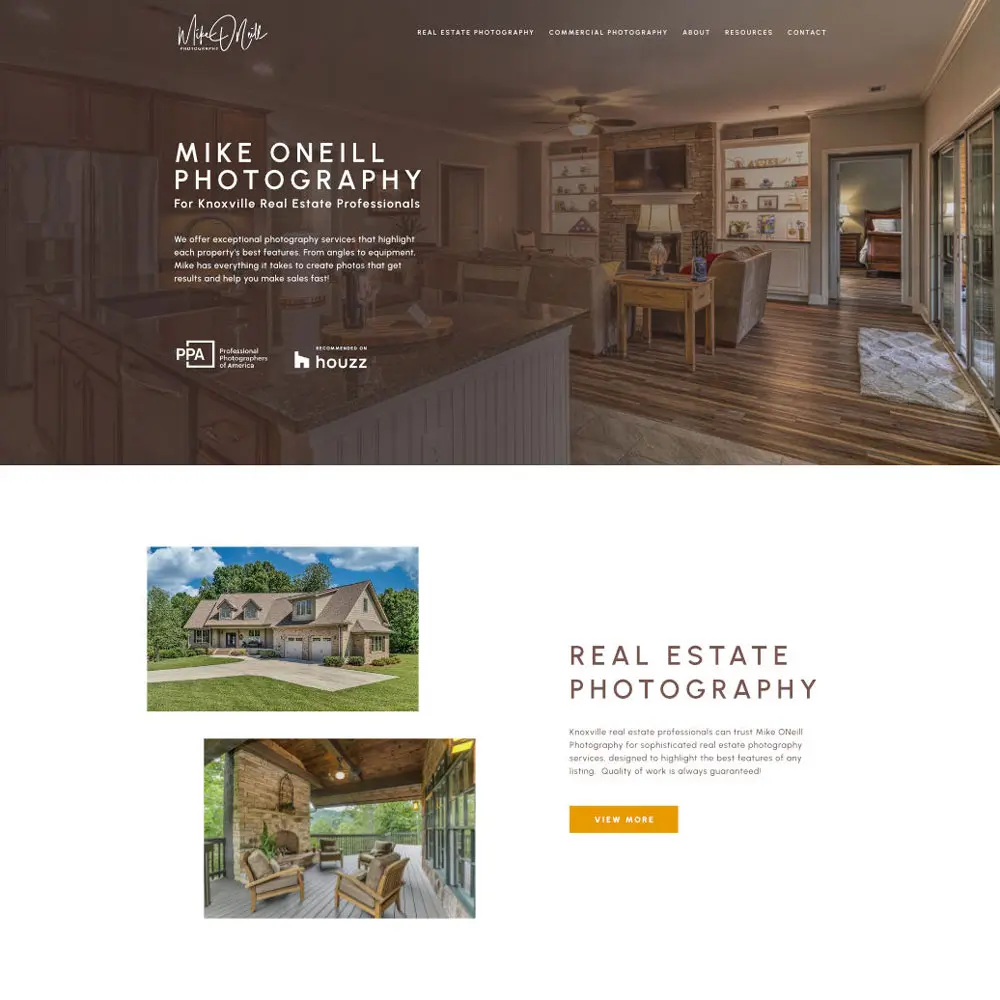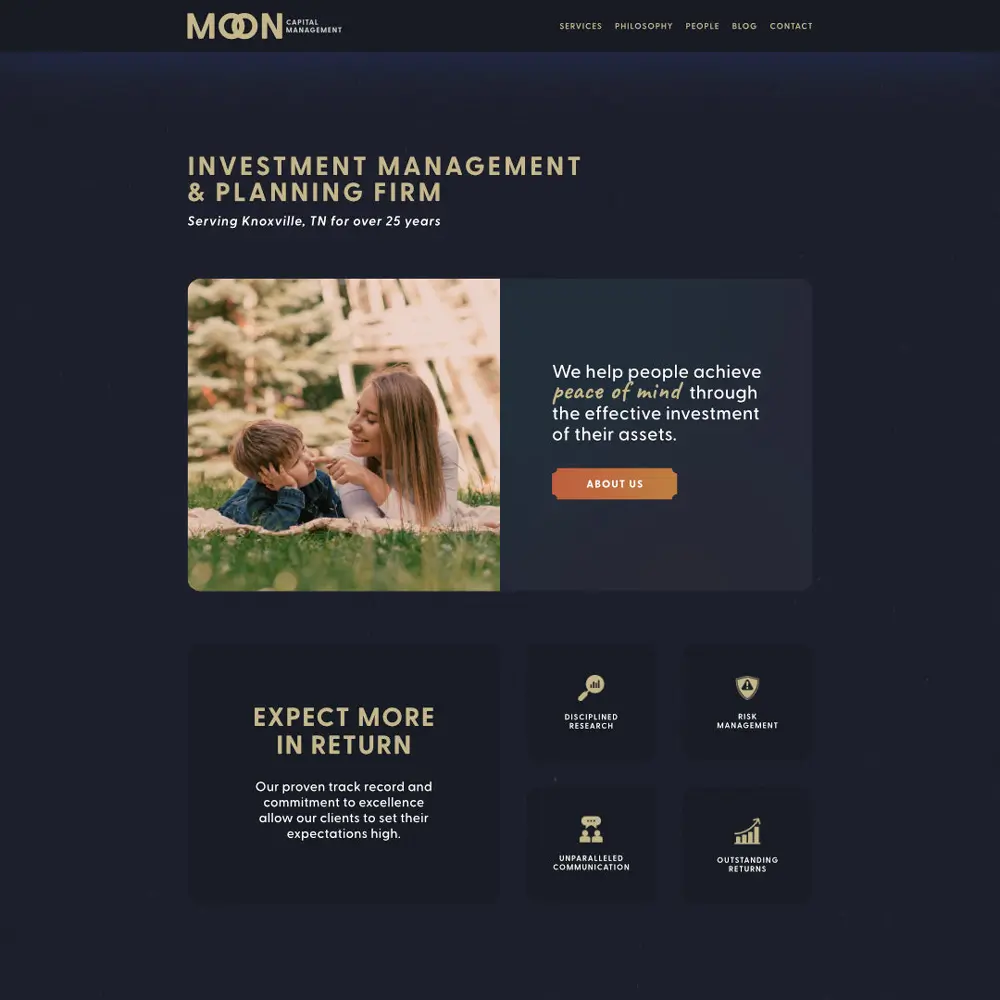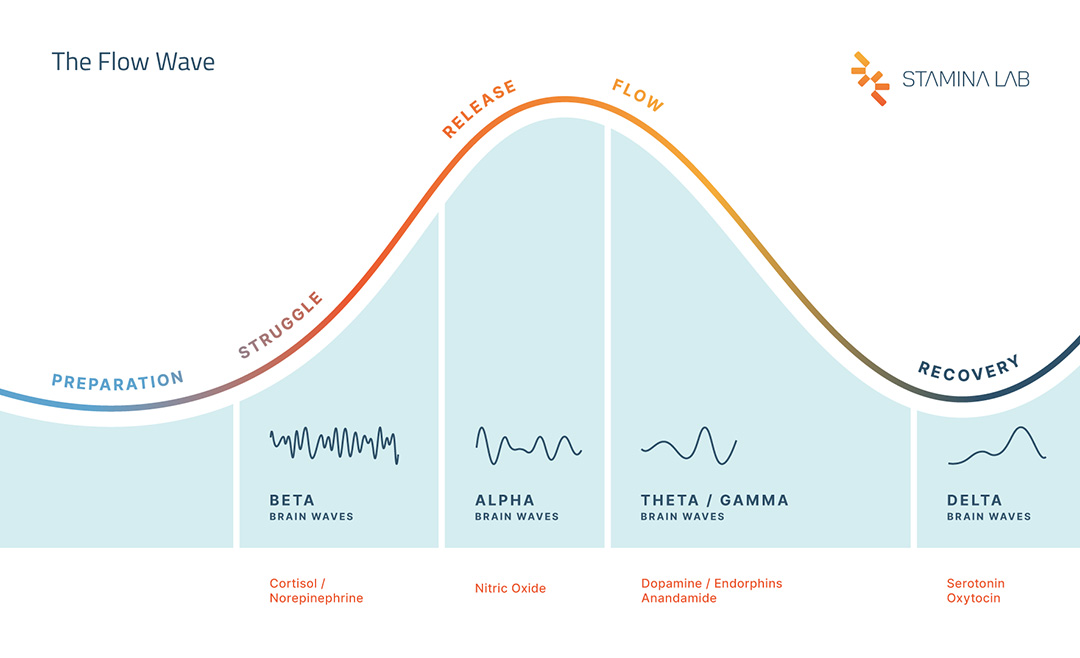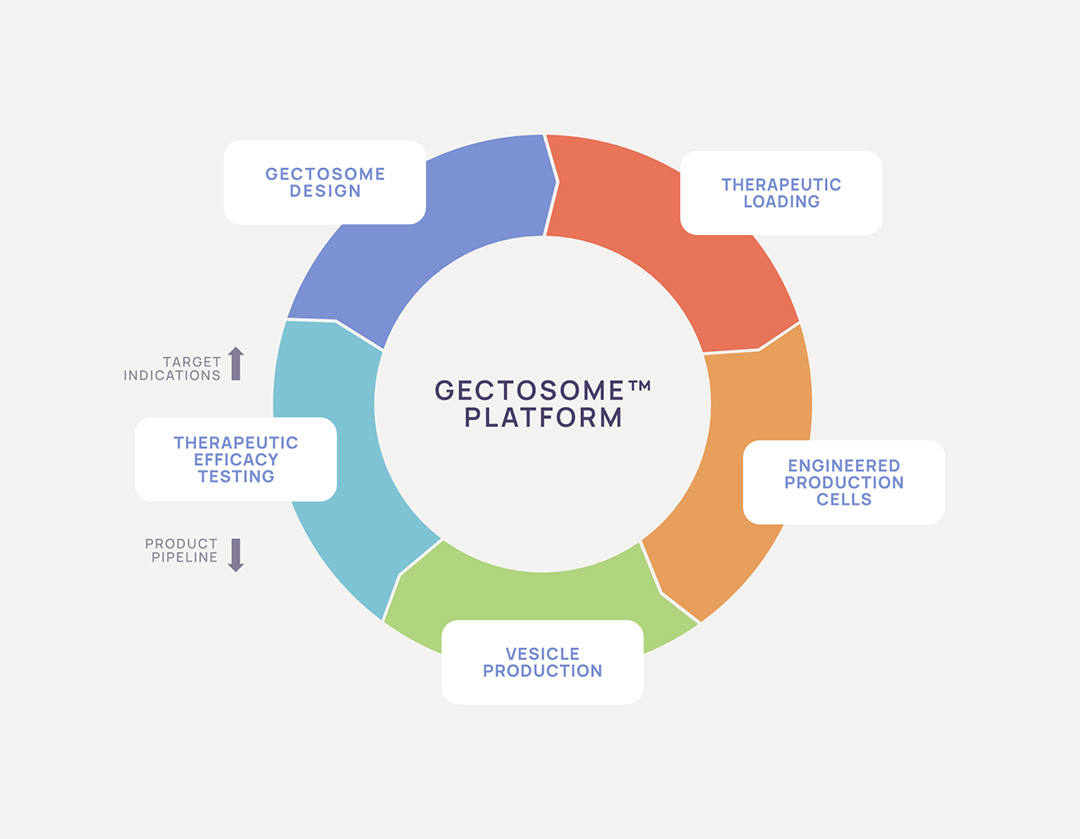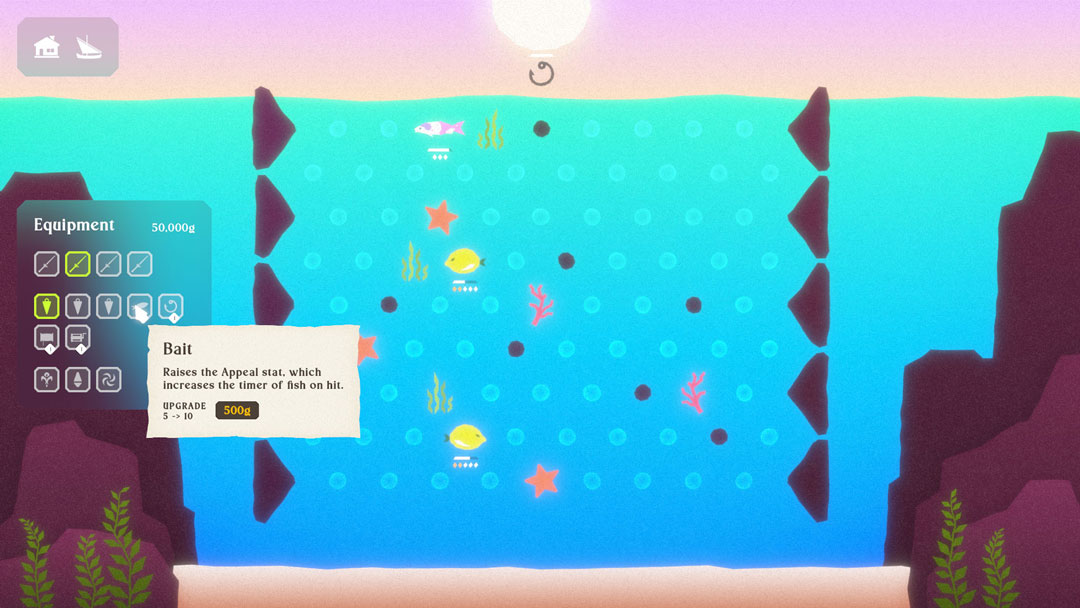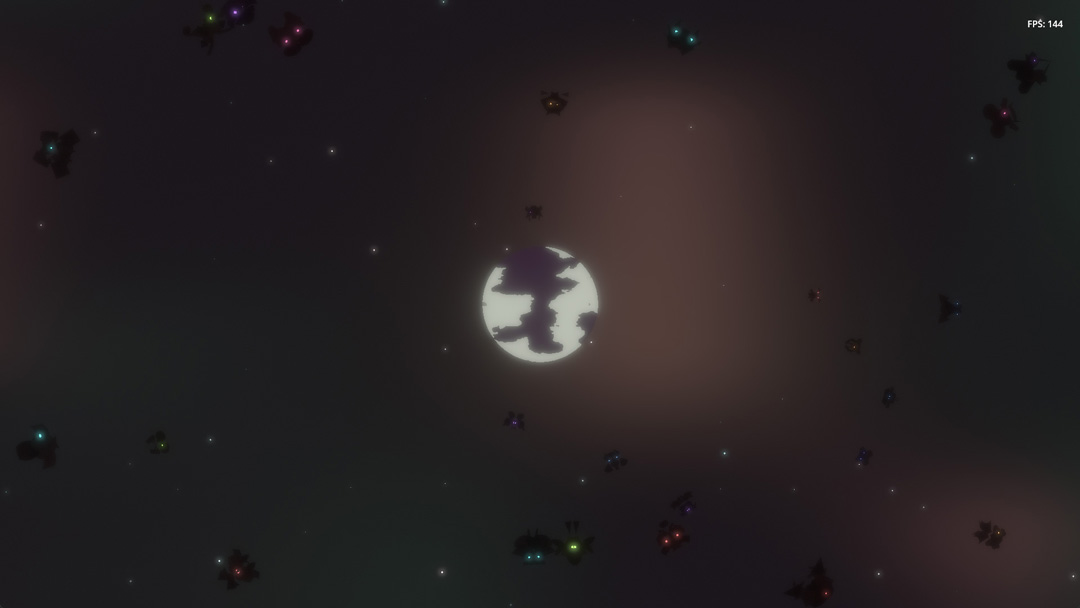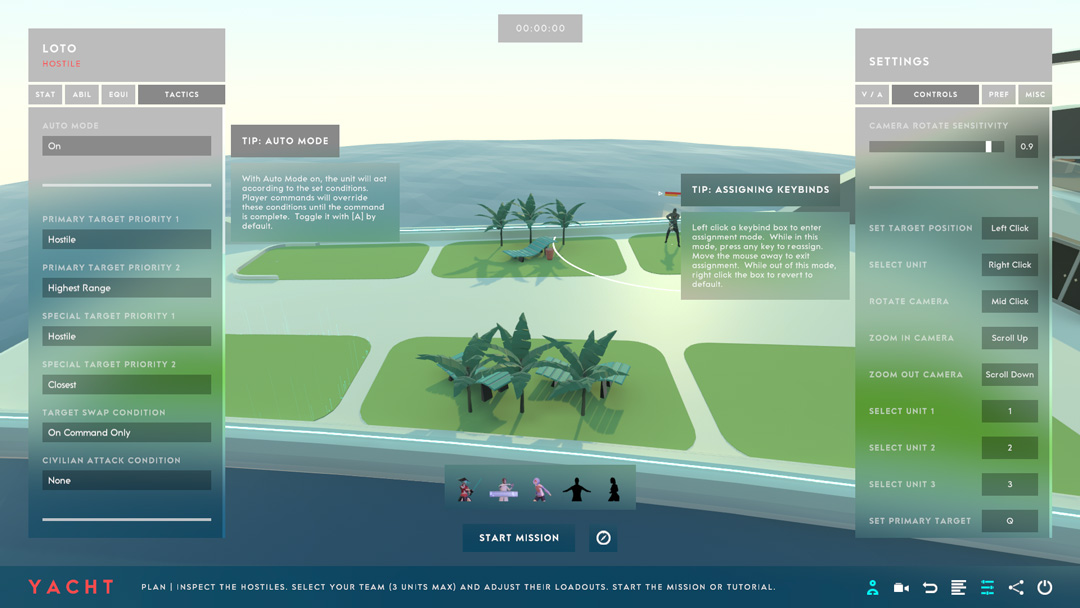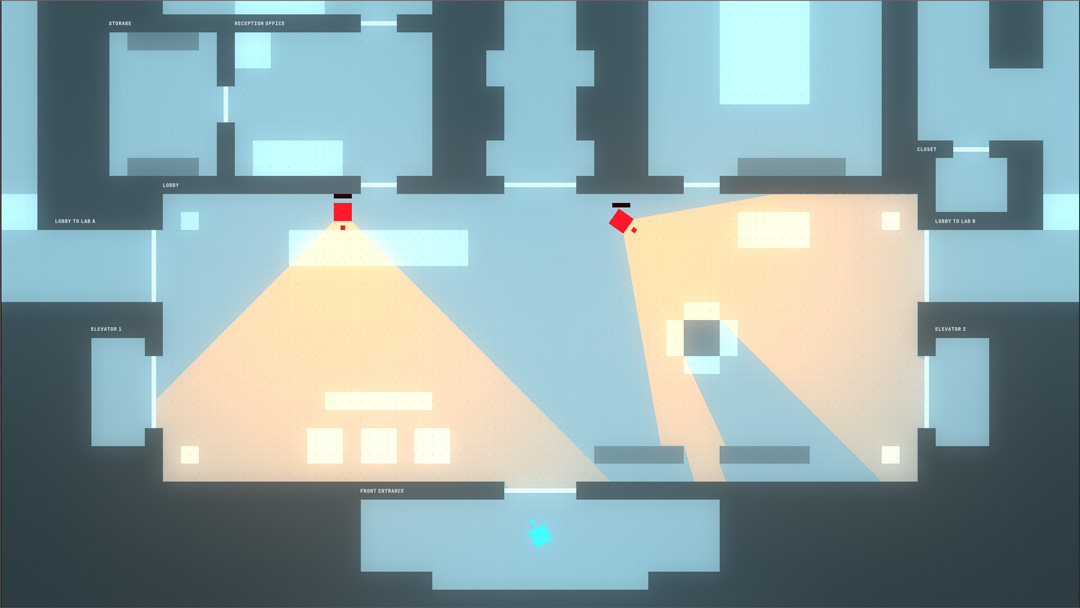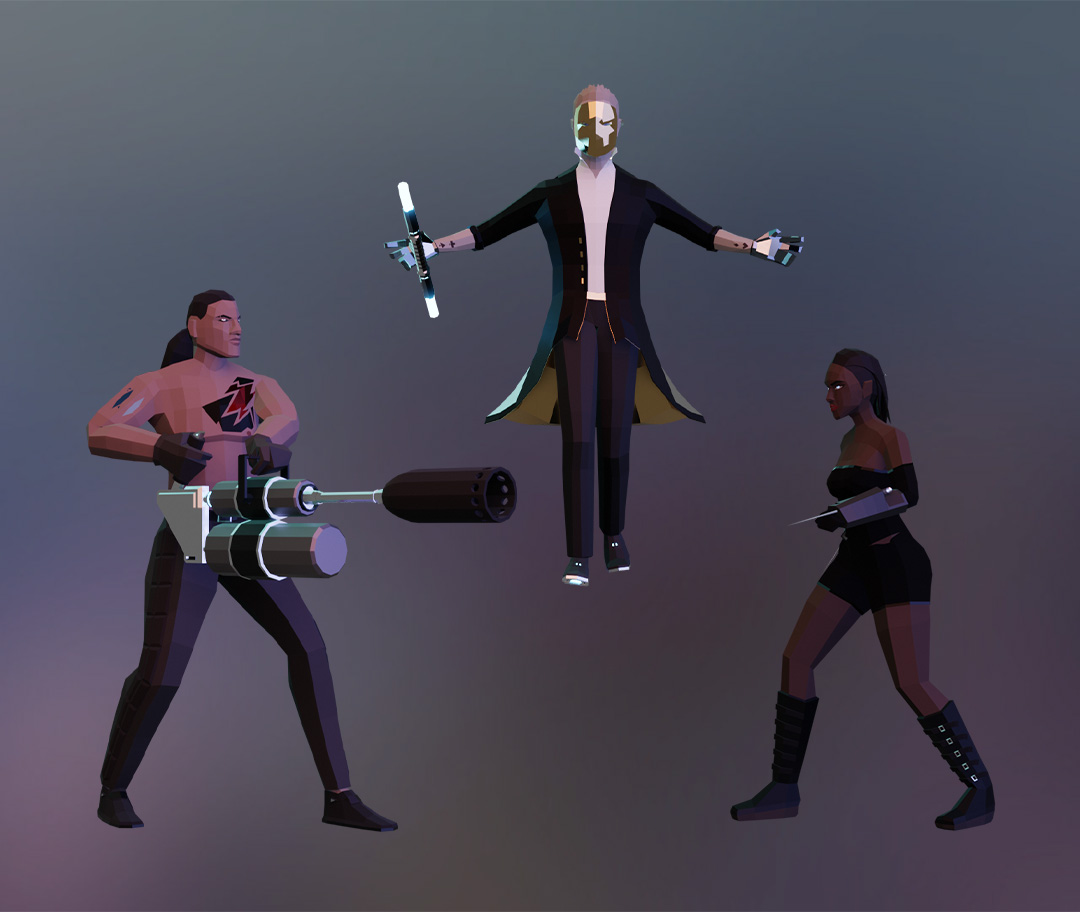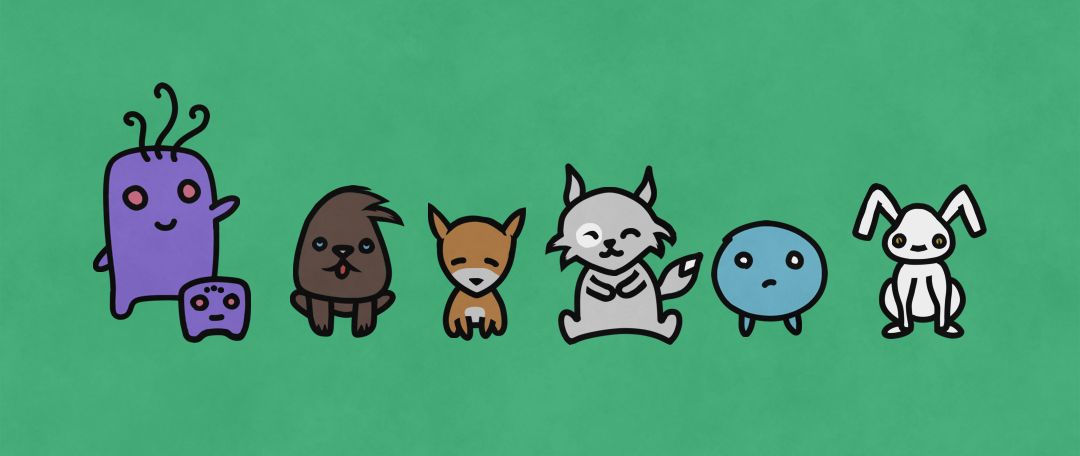I offer web design and development services using a variety of popular options.
Email me
FIGMA
affinity
ADOBE CC
WORDPRESS
FRAMER
SQUARESPACE
WIX
HTML / CSS
VUE JS
FIREBASE
Laravel
Brands
Logos, Style Guides
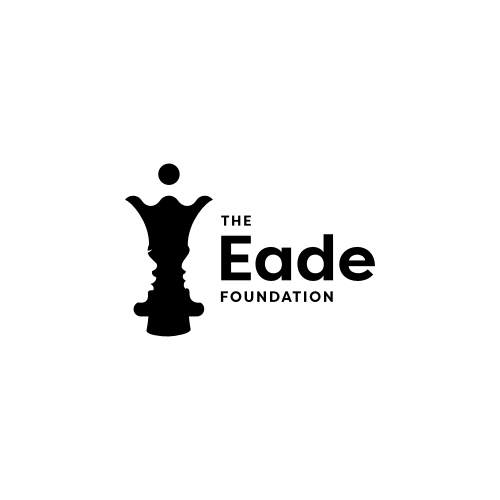

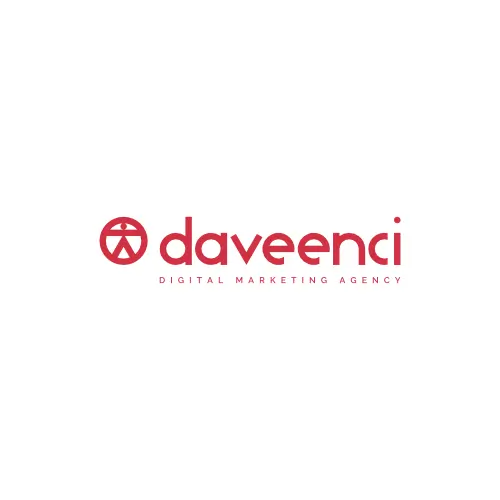

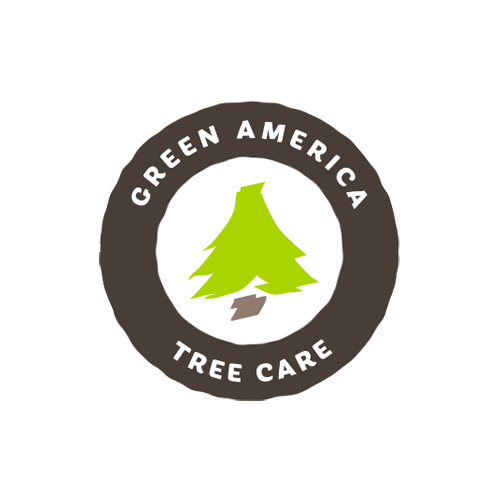
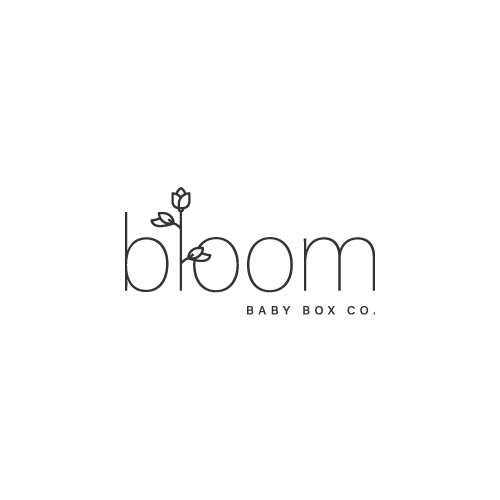
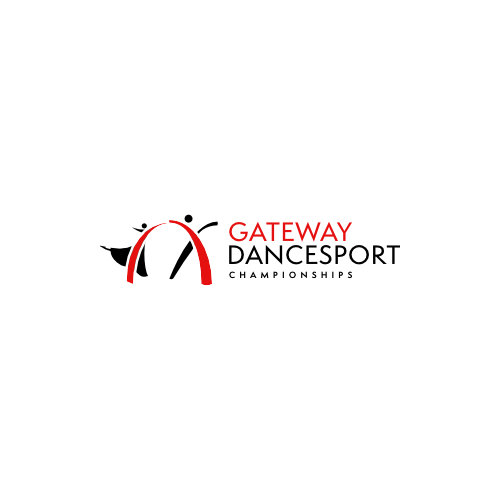

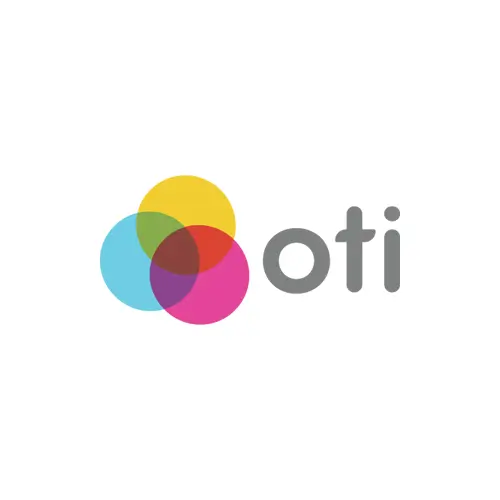
I design tastefully simple logos and deliver in vector (scalable) formats.
Email me
AFFINITY
ILLUSTRATOR
INKSCAPE
SIMPLE
MODERN
TIMELESS
TYPOGRAPHIC
GEOMETRIC
PICTORIAL
EMBLEM
I help clients show complex data and ideas with clean visualizations.
Email me
Illustrator
affinity
Inkscape
I have experience with all areas of game dev.
Email me
Unity
Godot
Blender
Krita
Reaper
2D Art / UI
3D MODELS
CODE
MUSIC
WRITING
SYSTEMS
COMBAT
